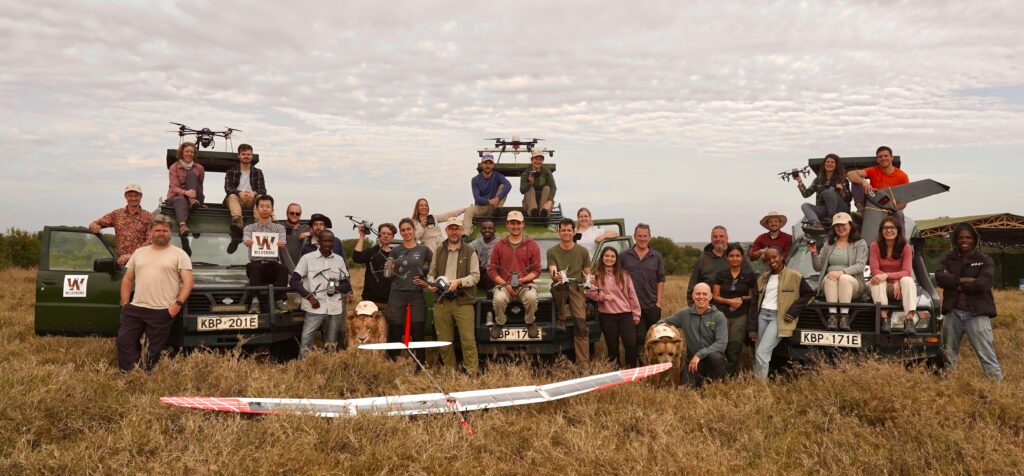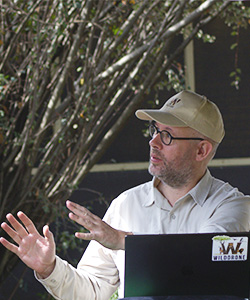(Visited 45 times, 1 visits today)
Last modified: March 7, 2025

Written by Mathilde Møldrup• March 7, 2025• 1:16 pm• Fieldwork & Travel
WildDrone’s first hackathon in Kenya a huge success
Get in touch
Contact us on WildDrone@sdu.dk



WildDrone is an MSCA Doctoral Network funded by the European Union’s Horizon Europe research and innovation funding programme under the Marie Skłodowska-Curie grant agreement no. 101071224. Views and opinions expressed are those of the author(s) only and do not necessarily reflect those of the European Union or the European Commission. Neither the EU nor the EC can be held responsible for them.
© 2022-2026 WildDrone - A Marie Sklodowska Curie Actions Doctoral Network.



